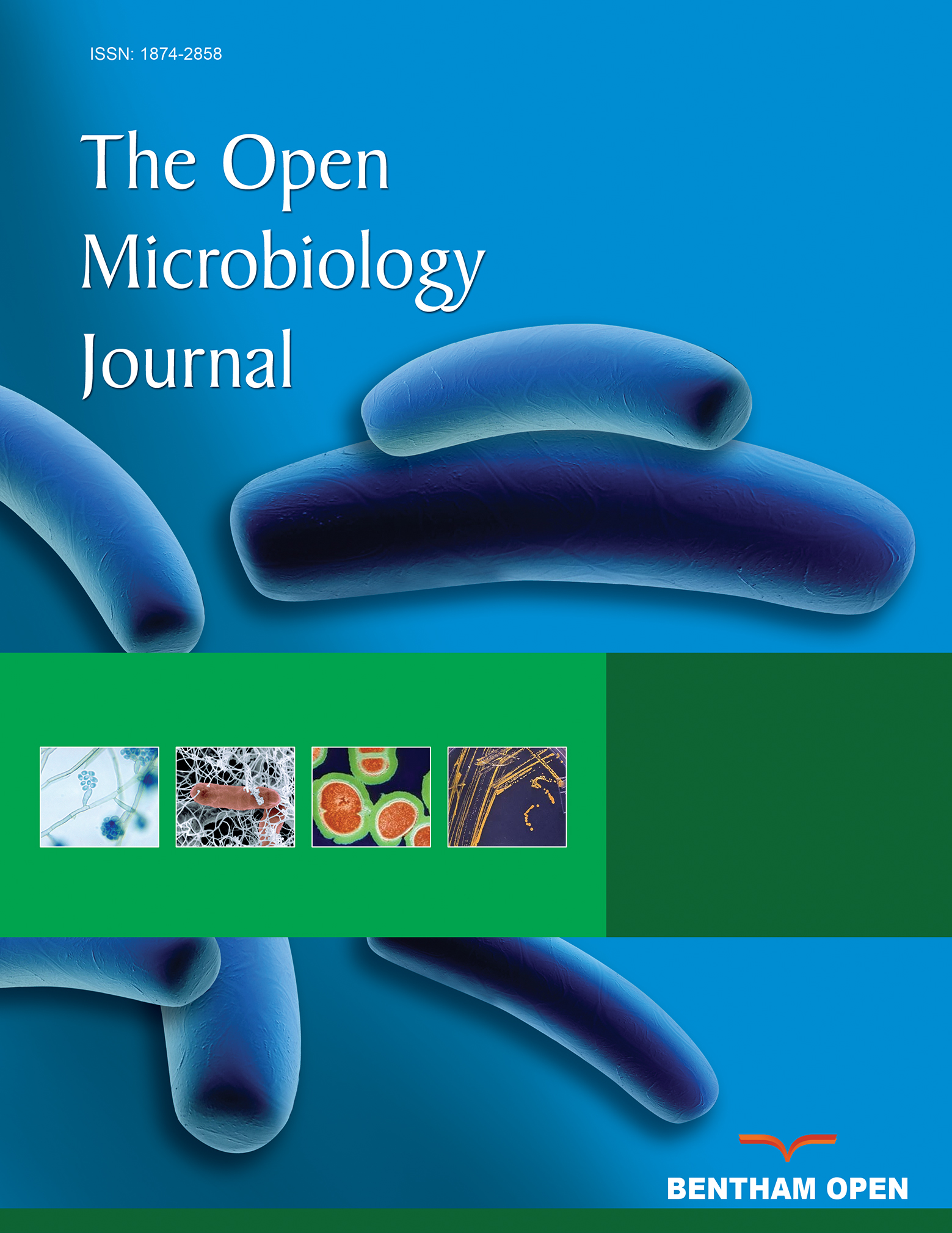All published articles of this journal are available on ScienceDirect.
Bark of the Stem of Libidibia Ferrea Associated with Mycorrhizal Fungi: An Alternative to Produce High Levels of Phenolic Acids
Abstract
Background:
The use of microorganisms such as Arbuscular Mycorrhizal Fungi (AMF) may represent a sustainable biotechnological alternative for the cultivation of medicinal plants to facilitate plant growth, in addition to increasing the production of secondary compounds. These fungi are associated with Libidibia ferrea, a species which produces gallic and ellagic acid, compounds with preventive properties against cancer and diabetes complications.
Objective:
The objective of this paper was to verify whether the stem bark of L. ferrea concentrates higher amounts of gallic and ellagic acids when inoculated with Claroideoglomus etunicatum, Gigaspora albida and Acaulospora longula.
Methods:
The extractive methanolic solutions from the barks of L. ferrea were analyzed by RP-HPLC in order to establish the contents of gallic and ellagic acids.
Results:
The application of fungus Claroideoglumus etunicatum was more efficient at increasing the concentration of gallic acid (18%) and ellagic acid (45.2%) in the stem bark of L. ferrea in comparison to the control. In contrast, plants inoculated with Acaulospora longula benefited only with the increase in the amount of gallic acid if compared with the non-inoculated plants.
Conclusion:
The mycorrhizal technology may be an alternative to the cultivation of L. ferrea with higher concentrations of both gallic and ellagic acids in the stem bark, providing a promissory strategy to produce high quality herbal materials for the production of herbal medicines.


